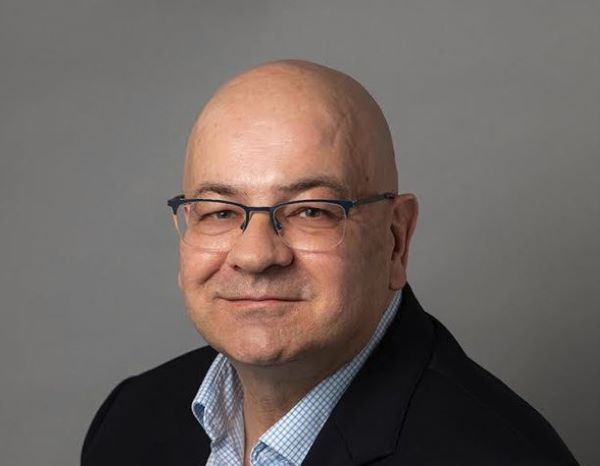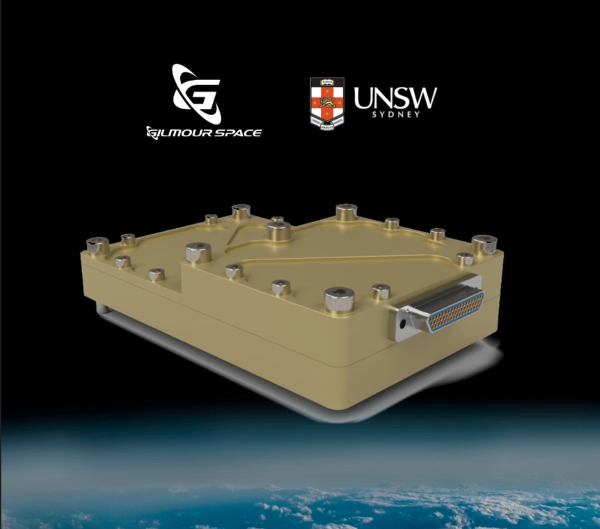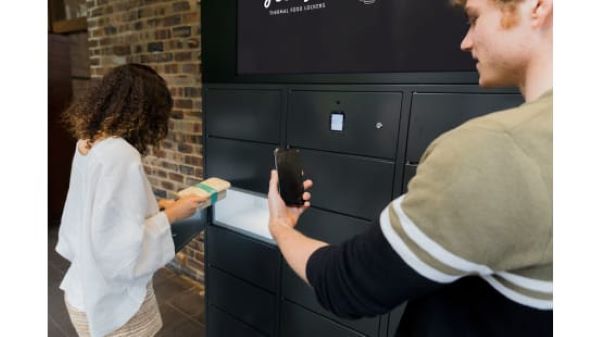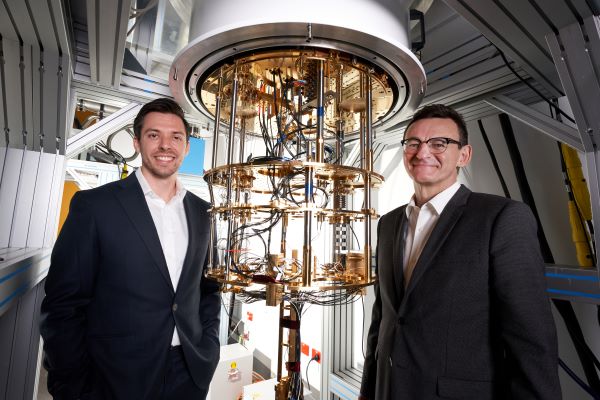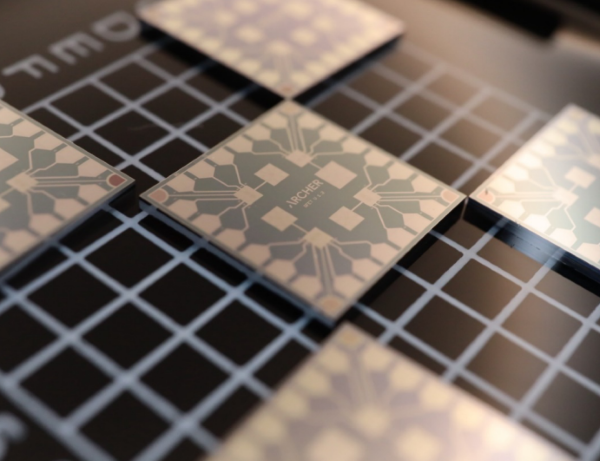Sydney haem team makes nanowires out of modified protein filaments, suggesting possibility of ‘green electronics’
University of NSW Sydney researchers have assembled “protein nanowires” created by engineered bacteria and found that these were able to conduct electricity over short distances and even create it out of thin air. According to a statement from UNSW on Monday, the team used protein filaments created by E. coli (a bacteria that can cause…




